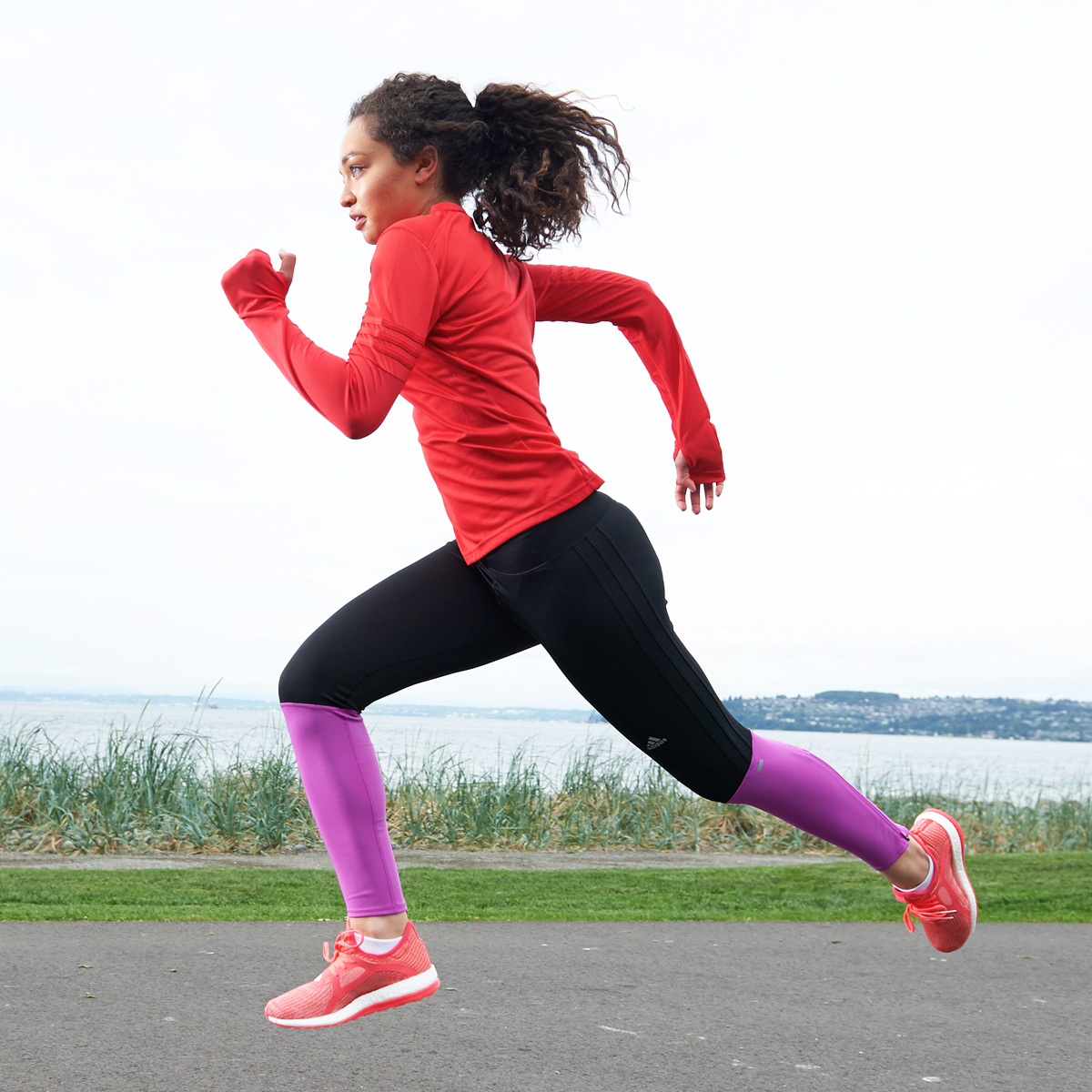Rain, ice, or snow can turn your regular running route into a treacherous obstacle course. Finding the right footwear is essential not only for performance but, more importantly, for safety. The constant worry of slipping with each stride can take the joy out of your run. But knowing what to look for in a shoe can make all the difference.
What Makes a Shoe Grippy?
It's more than just aggressive-looking lugs. Several factors combine to create a shoe that truly shines on slick surfaces. The rubber compound, the lug pattern, and even the shoe's flexibility all play a role.
Rubber Compound: Softer rubber tends to grip better than harder rubber, especially on wet asphalt or icy patches. Look for shoes that specifically mention using a high-traction rubber compound like Vibram or Continental. These are often engineered to maintain grip even in cold temperatures.
Lug Pattern: The depth, shape, and spacing of the lugs significantly impact traction. Deeper, widely spaced lugs excel in mud and snow, allowing the shoe to bite into the soft surface. Smaller, more closely packed lugs often perform better on wet pavement, providing more contact points. Multidirectional lugs – those pointing in various directions – offer grip during both forward propulsion and lateral movements.
Flexibility: A more flexible shoe allows your foot to better conform to the ground, increasing the contact area and improving grip. However, too much flexibility can reduce stability, so it’s about finding the right balance.
Think of it like tires on a car. A racing slick offers maximum grip on a dry track because of its large, smooth contact area. But that same tire is useless in the rain. Similarly, a deeply treaded snow tire wouldn't be ideal for dry pavement. The best shoe is one designed for the specific conditions you'll encounter.
What about trail shoes? Can they work on roads?
Trail shoes often have aggressive lug patterns designed for off-road terrain. While they can provide good grip on snow or ice, they might not be the best choice for wet asphalt. The widely spaced lugs can feel unstable on smooth surfaces and might wear down quickly. However, some hybrid trail/road shoes offer a good compromise, with less aggressive lugs and a more road-friendly design.
Features to Look For
Beyond the outsole, other features contribute to a shoe's suitability for slippery conditions.
Water Resistance/Proofing: While not directly related to grip, keeping your feet dry can enhance comfort and prevent blisters, allowing you to focus on your footing. Water-resistant uppers can repel light rain, while waterproof membranes (like Gore-Tex) offer more complete protection. However, waterproof shoes can be less breathable, so consider the typical weather conditions you'll be running in.
Upper Material: A snug-fitting upper can help prevent your foot from sliding around inside the shoe, improving stability and control. Look for uppers made from durable, water-resistant materials that provide a secure fit.
Midsole Stability: A stable midsole can help prevent overpronation or supination, which can be exacerbated on slippery surfaces. Look for shoes with features like medial posts or guide rails that provide extra support.
Reflectivity: When running in low-light conditions (common during winter months), reflectivity is crucial for safety. Look for shoes with reflective elements on the upper to increase your visibility to drivers and other pedestrians.
Let's say you're choosing between two shoes: one with shallow, closely spaced lugs and a water-resistant upper, and another with deep, aggressive lugs and a waterproof membrane. If you primarily run on wet pavement with occasional light rain, the first shoe might be a better choice. However, if you frequently encounter snow or ice, the second shoe would likely offer better traction.
Do I need special socks?
While the shoe is the primary factor, socks can play a supporting role. Moisture-wicking socks made from synthetic materials or merino wool can help keep your feet dry and comfortable, preventing blisters and improving overall foot health. Avoid cotton socks, which tend to absorb moisture and can become cold and uncomfortable.
Maintaining Your Shoes
Even the grippiest shoes will lose their effectiveness over time. Regular maintenance can help extend their lifespan and maintain their traction.
Cleanliness: Dirt and debris can clog the lugs and reduce grip. Regularly clean your shoes with a brush and water.
Drying: Never dry your shoes in direct sunlight or near a heat source, as this can damage the materials. Allow them to air dry naturally.
Rotation: Rotating between two or more pairs of shoes can help them last longer, as the materials have time to recover between runs.
Replacement: Pay attention to the wear on the outsole. When the lugs start to wear down significantly, it's time to replace your shoes. Don't wait until you start slipping to take action!
Imagine neglecting to change the tires on your car. Eventually, the tread wears down, and you lose traction, especially in wet conditions. The same principle applies to running shoes.
Finding the Right Fit
Ultimately, the "best" shoe is the one that fits your foot properly and meets your specific needs. Visit a specialty running store and have your gait analyzed to determine the best type of shoe for your foot type and running style. Don't be afraid to try on several different pairs and run around the store to get a feel for them.
The quest for footwear that provides superior hold on slick roadways can feel overwhelming, but approaching it with a clear understanding of key features, maintenance, and personal fit preferences will lead you to confident and secure running, regardless of the weather.
